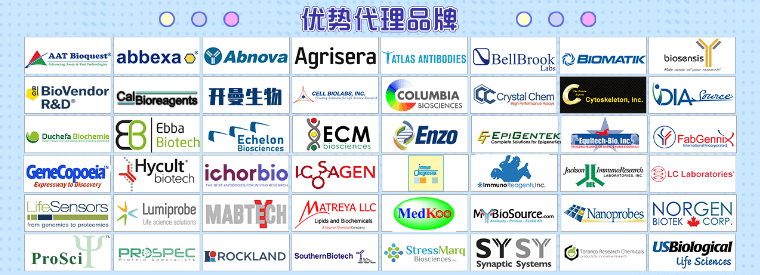The development of a technique to stably integrate exogenous DNA into the germline ofDrosophila melanogastermarked a milestone in the ability to study gene function in the fly. On the molecular level germline transformation mainly relies on a particular transposable element, theD. melanogasterP-element. Based on certain features of the P-element, vectors have been designed for diverse applications like gene disruption, chromosome engineering, gene tagging, and inducible gene expression/repression. Despite the fact that an increasing number of other transposons have been utilized for germline transformation ofDrosophilamost transformation vectors are still P-element based. Technically, microinjection serves as the method of choice to physically introduce transgenes into preblastodermDrosophilaembryos. Besides an appropriate technical equipment including suitable microcapillaries in conjunction with a micromanipulator, a microinjector, and a microscope, proper handling of theDrosophilaembryos before and after microinjection is the key step to the generation of transgenic flies. Pioneer work inDrosophilaalso served as a general guideline for the transformation of other insect species including those with medical and agricultural importance.
用户登录







